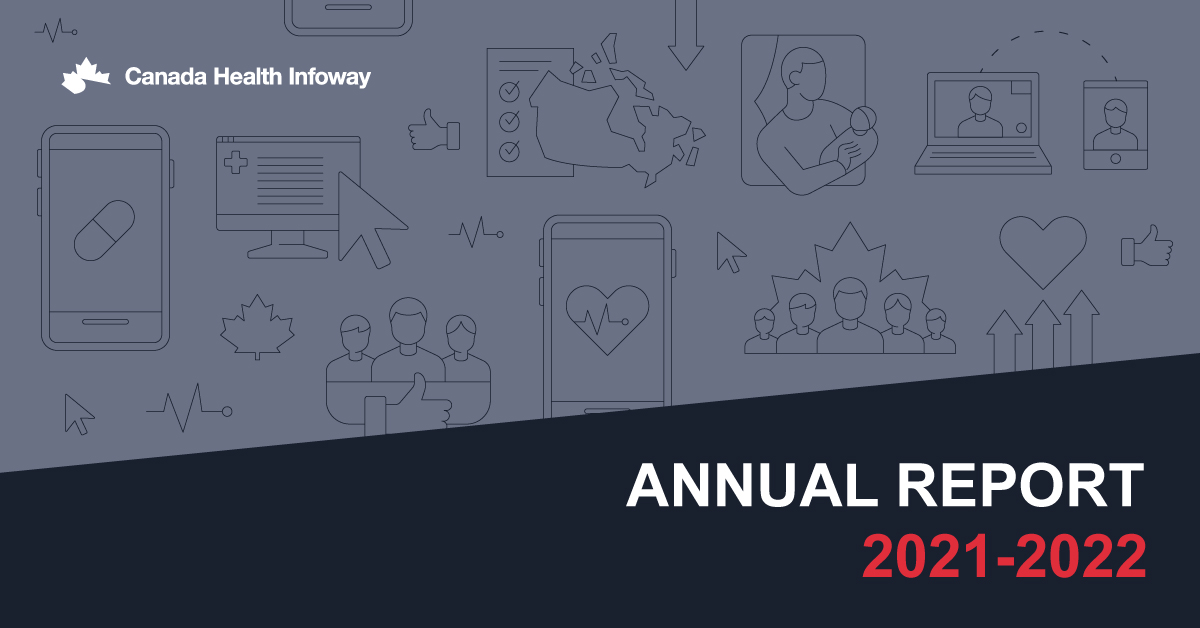And this shift is not expected to be short-term — patients will continue to connect with medical professionals virtually, such as via secure messaging, video or phone calls. A recent survey by Canada Health Infoway revealed 51 per cent of patient-reported visits are now virtual, more than doubling pre-pandemic figures. There’s an opportunity for Canada to be a global innovator and create value for Canadians across the country.
One way Canada is making strides and creating significant value through digitalization is the way in which prescriptions are written and shared, which is being transformed by PrescribeIT®.
This national e-prescribing service provides safer and more efficient medication management by connecting physicians and nurse practitioners, through their existing electronic medical records (EMR) to community retail pharmacies, to enable the secure electronic transmission of prescriptions. And unlike auto-fax, prescriptions arrive as data in a pharmacy management system.
PrescribeIT® also helps reduce some of the common pitfalls related to paper prescriptions: Is it legible? Did it make it to the pharmacy? Did the patient fill the prescription? Is it a fraudulent prescription? In the world of paper, there are many places along the way where things can and do go wrong.
Of all the things electronic prescribing can do, one is ensuring the proper prescriptions get into the proper hands, and ultimately it’s about effective clinical communication. A recent survey revealed 95 per cent of pharmacy staff and 84 per cent of physicians say the use of PrescribeIT® decreases stolen or fraudulent prescriptions.
When a patient is on multiple medications, there’s a need for clinical communication between the pharmacist and physician to make sure that patient is getting the right medication at the right time. And in the paper world, that happens slowly or not at all.
PrescribeIT® has a feature that notifies physicians of their patients’ medication management, including when prescriptions are dispensed and when they are cancelled. Electronic prescriptions also lead to a higher degree of medication adherence.
Digital prescriptions also allow physicians more time with patients by reducing their typical volume of paperwork, while making their communication with pharmacists more accurate and effective.
Canadians need the tracking, transparency and support digital tools provide. In a virtualized health system, people need to be able to get their medications processed digitally so they don’t have to drive to their physician, drive to their pharmacist and go back-and-forth.
We don’t see a world of virtual care without digital medication. It’s a foundational component.
Have a comment about this post? We’d love to hear from you.




